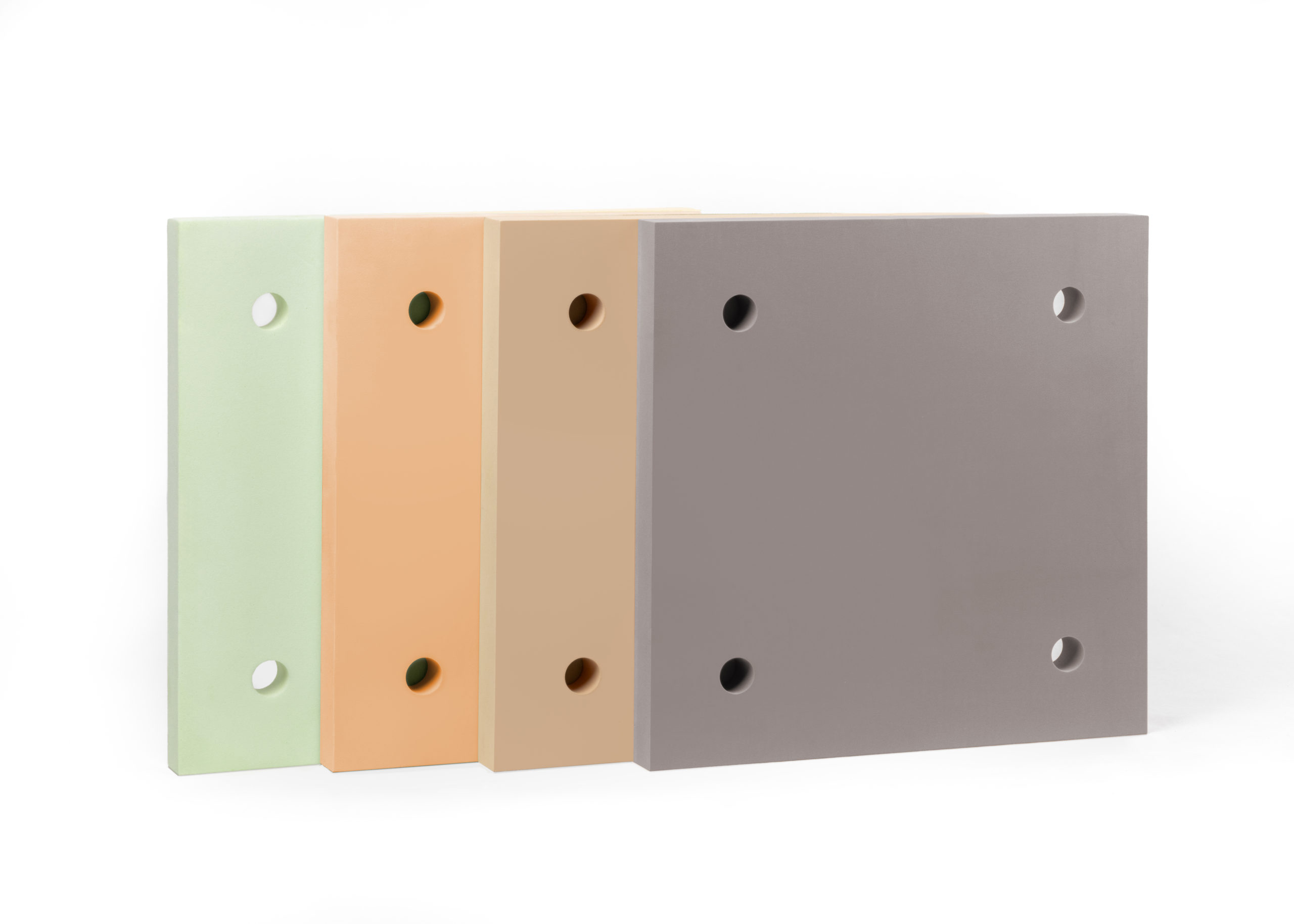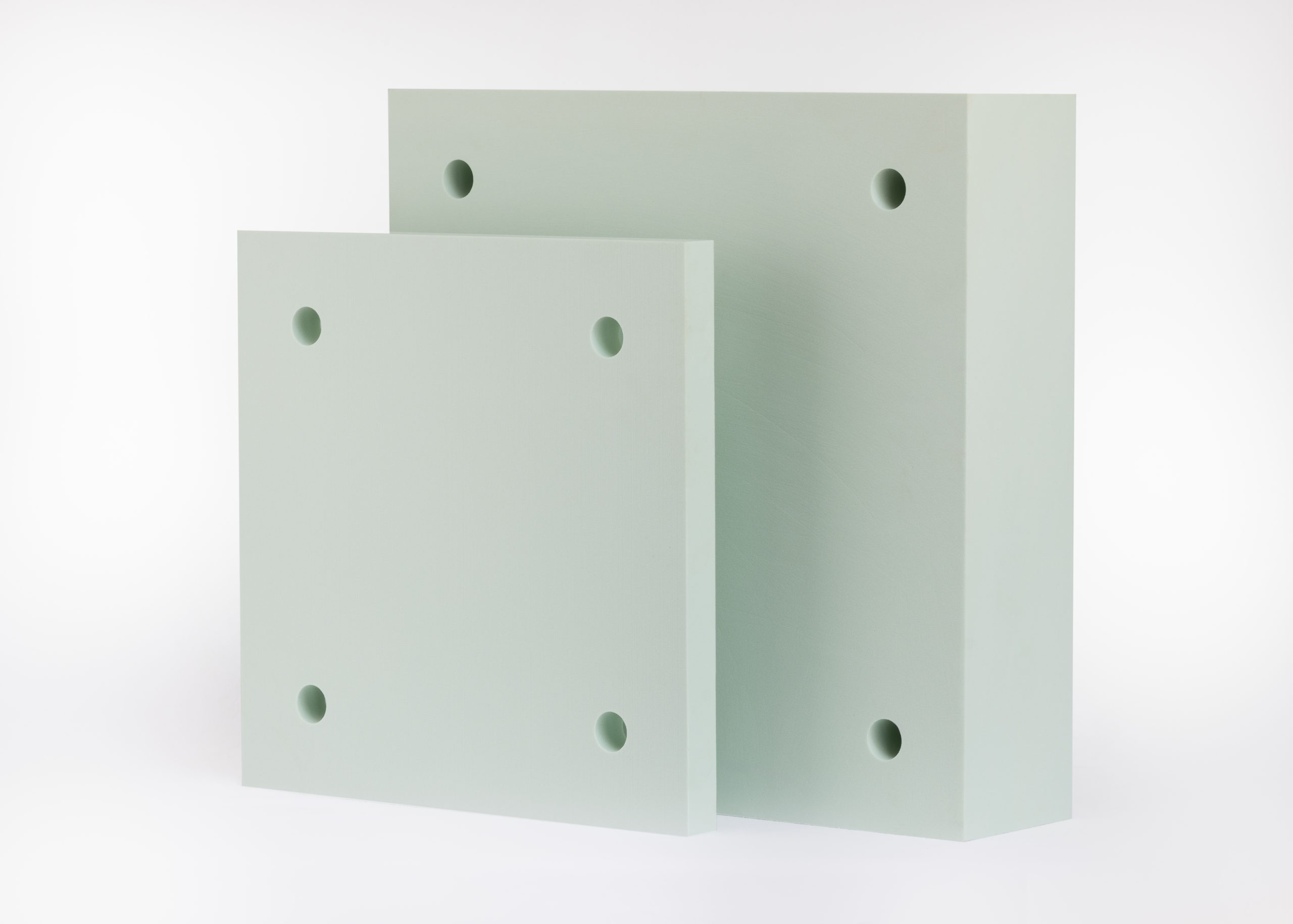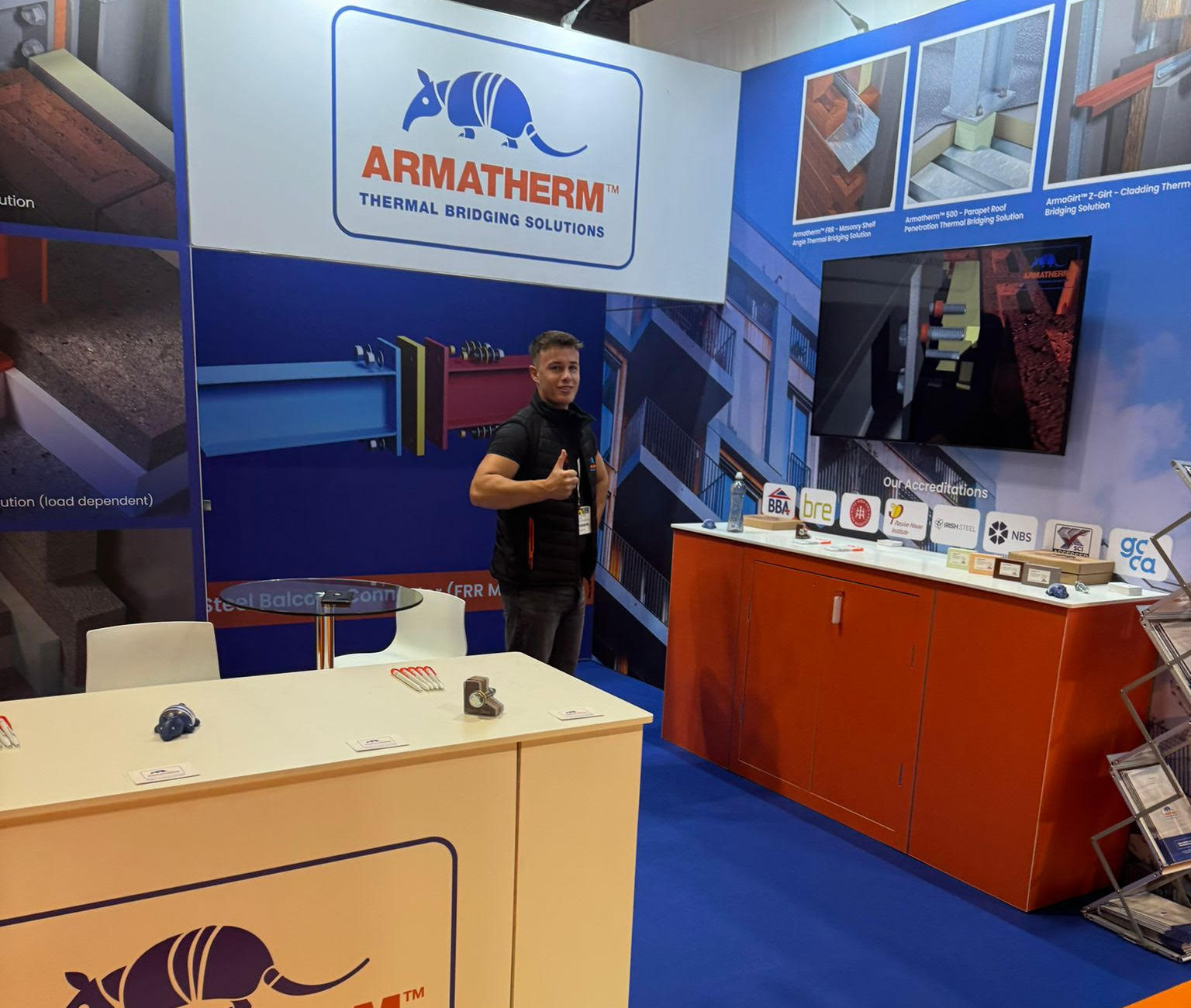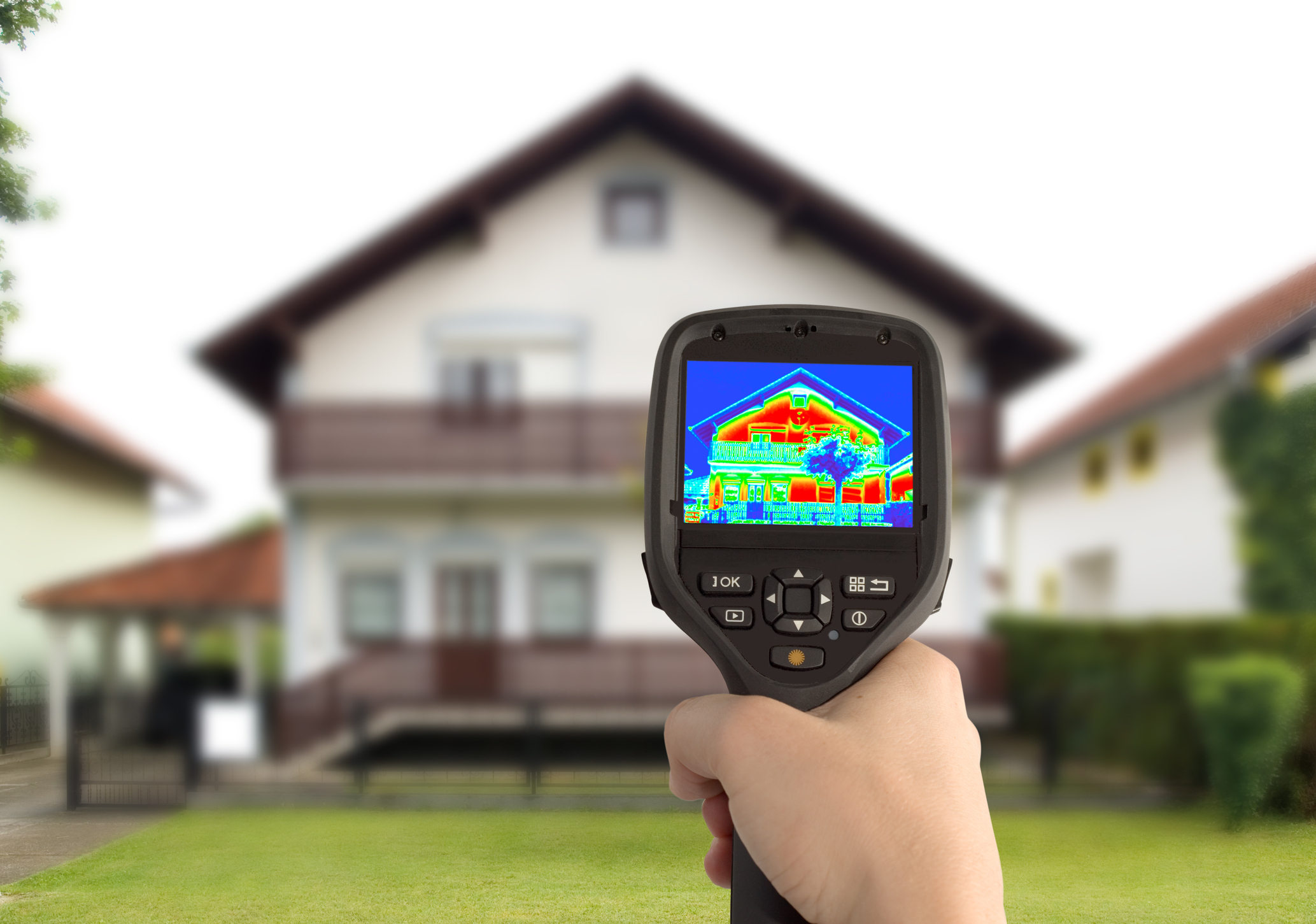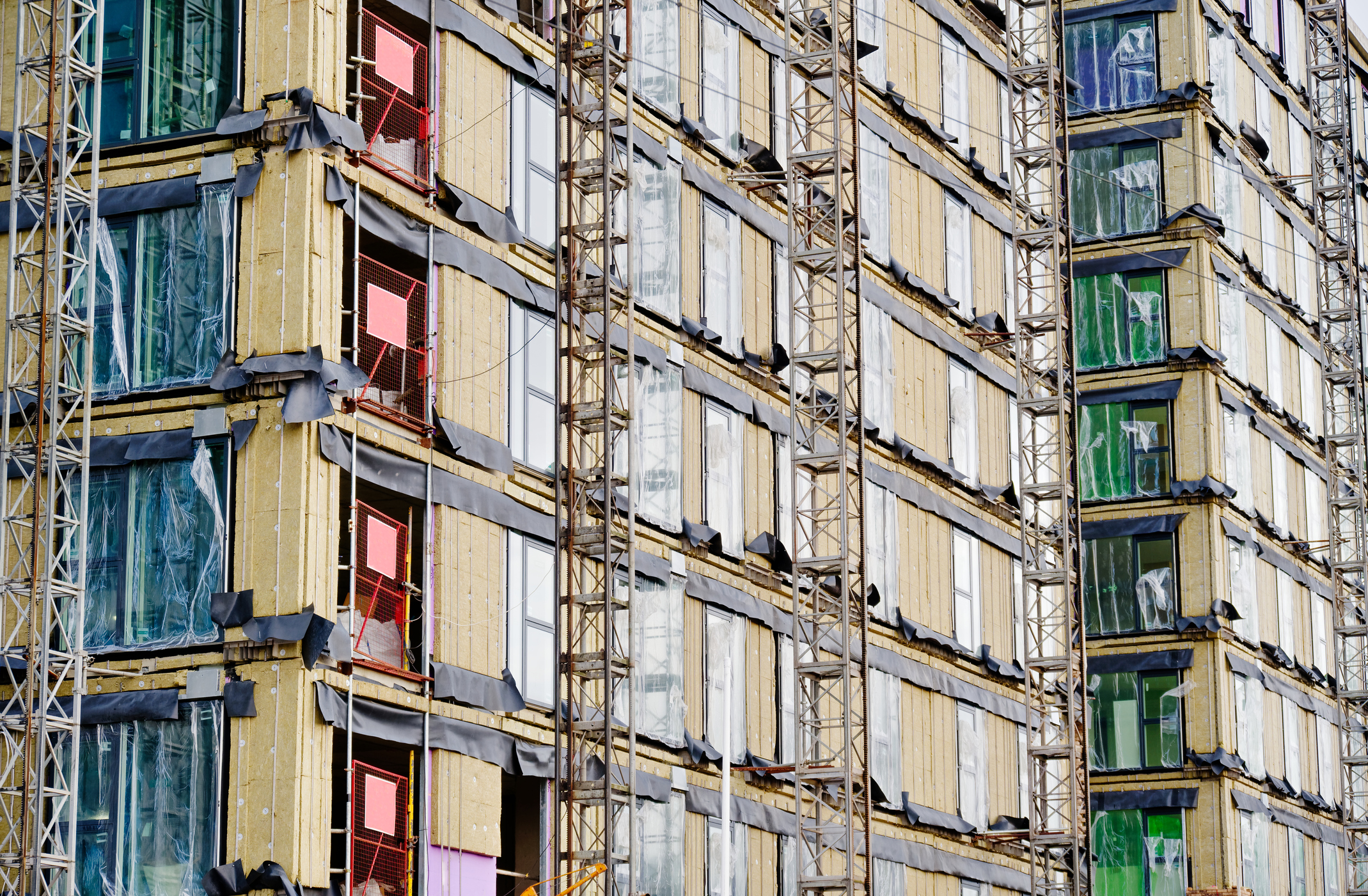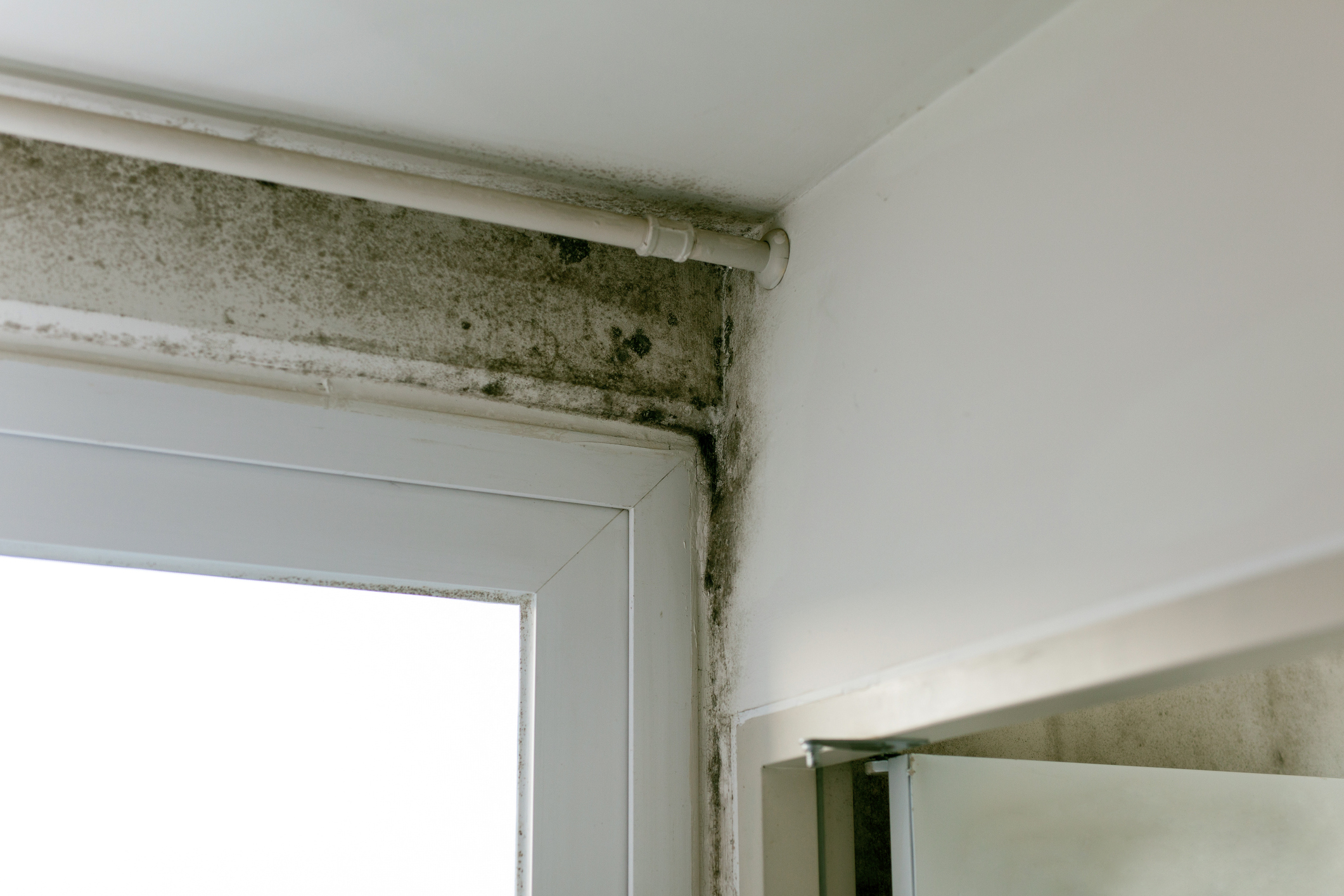
Does Stronger Always Mean Better in Construction?
When it comes to construction, strength is often seen as vital to a building’s longevity with every component needing to withstand a significant amount of weight and pressure. But when it comes to choosing thermal break materials, more strength isn’t necessarily always better.
Why Are Structural Thermal Breaks Essential?
Structural thermal breaks are essential in improving a building’s energy efficiency and without them, buildings can suffer from increased heat loss, condensation issues, and an overconsumption of energy. It is important now, more than ever before, that in order to comply with the stricter regulations, architects and developers implement solutions like thermal breaks.

What Makes Armatherm’s Product Range Suitable for Every Load Type?
At Armatherm™, we are proud to supply such a wide range of products which are specifically designed for certain applications, and whilst stronger thermal break materials tend to be more expensive, we ensure to only suggest the right type of material for your project. In addition to this, any of our products over 50mm thick are Passivhaus certified, meaning your project can meet sustainability targets. So, whether it’s a high-strength connection or a low-load, high-insulation application, we’ll help you specify the most effective and efficient thermal break solution.
Contact us today to discuss your project with our experts.

